|
We collect basic website visitor information on this website and store it in cookies. We also utilize Google Analytics to track page view information to assist us in improving our website. |
CONTINUE |
The business was founded back in the early 1950's.
Hill purchased a 150-foot by 100-foot parcel of land on the west portion of this lot in 1955. The land was situated at the northeast corner of 48-acre parcel that sits directly to the west of the bridge. After the purchase, Hill began constructing a 30-foot by 60-foot cement block building to serve as a rutabaga processing plant. Bill formed a partnership with Stovel, who moved to Mitchell from Oxford County, to grow, pack and ship rutabagas to domestic and export markets. Stovel had the market connections, while Hill and other farmers supplied the rutabagas.
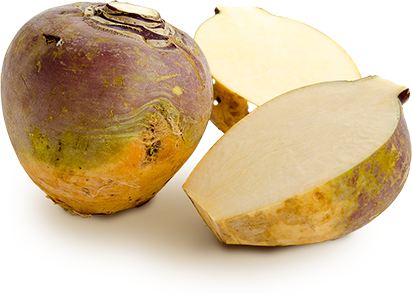
The new company, formed In August 1962, was called Stovel-Hill and Company Ltd. In 1963, the office area was moved from the main floor of the plant to a newly-constructed 20-foot by 30-foot second- storey addition. The company built a storage facility, prior to that time; rutabagas were stored in the basement of the plant and in pits dug in the ground. The pits were covered by a layer of plastic with straw piled on it in order to keep the rutabagas from freezing. As the rutabagas were needed for market, they were forked out of pits onto wagons and then forked off the wagons into the plant, where they were washed in a rotating drum immersed in water.
Read more about our history
As the years have gone by, our facility has gone through lots of changes!
1978
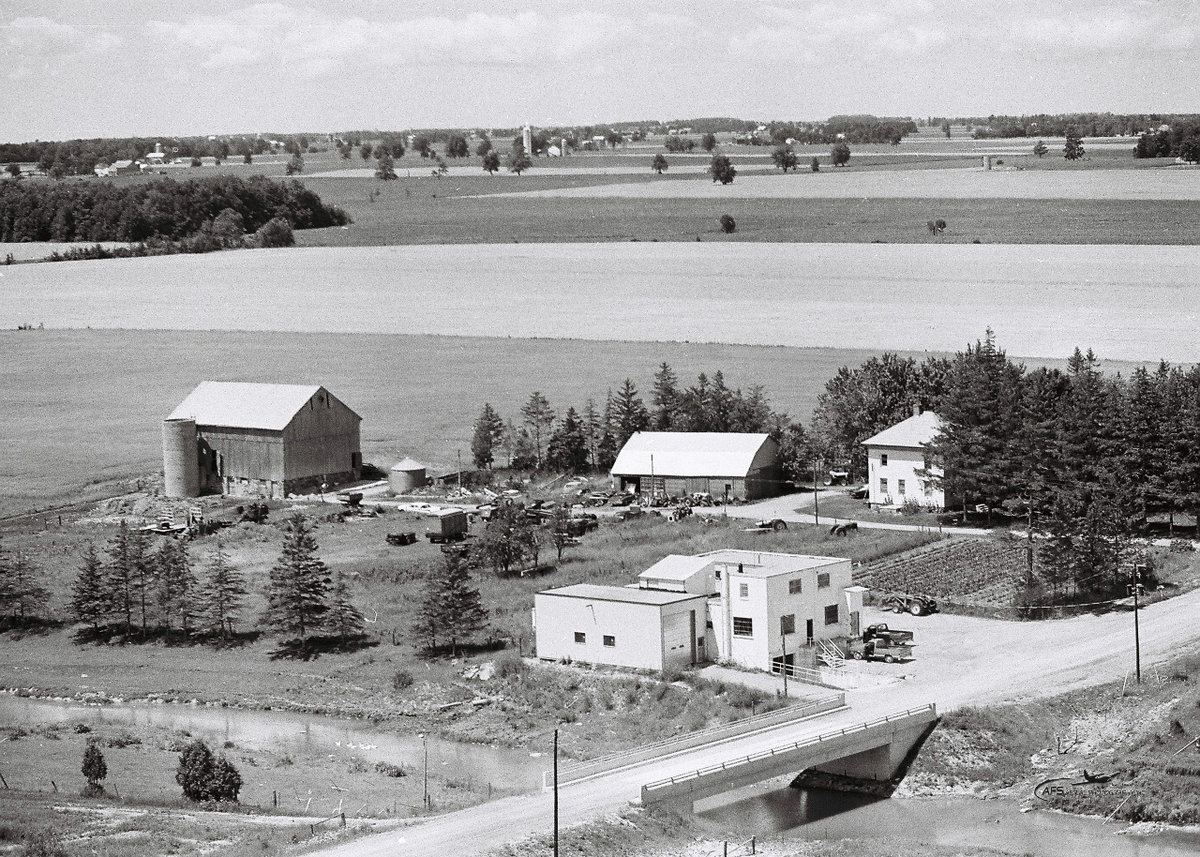
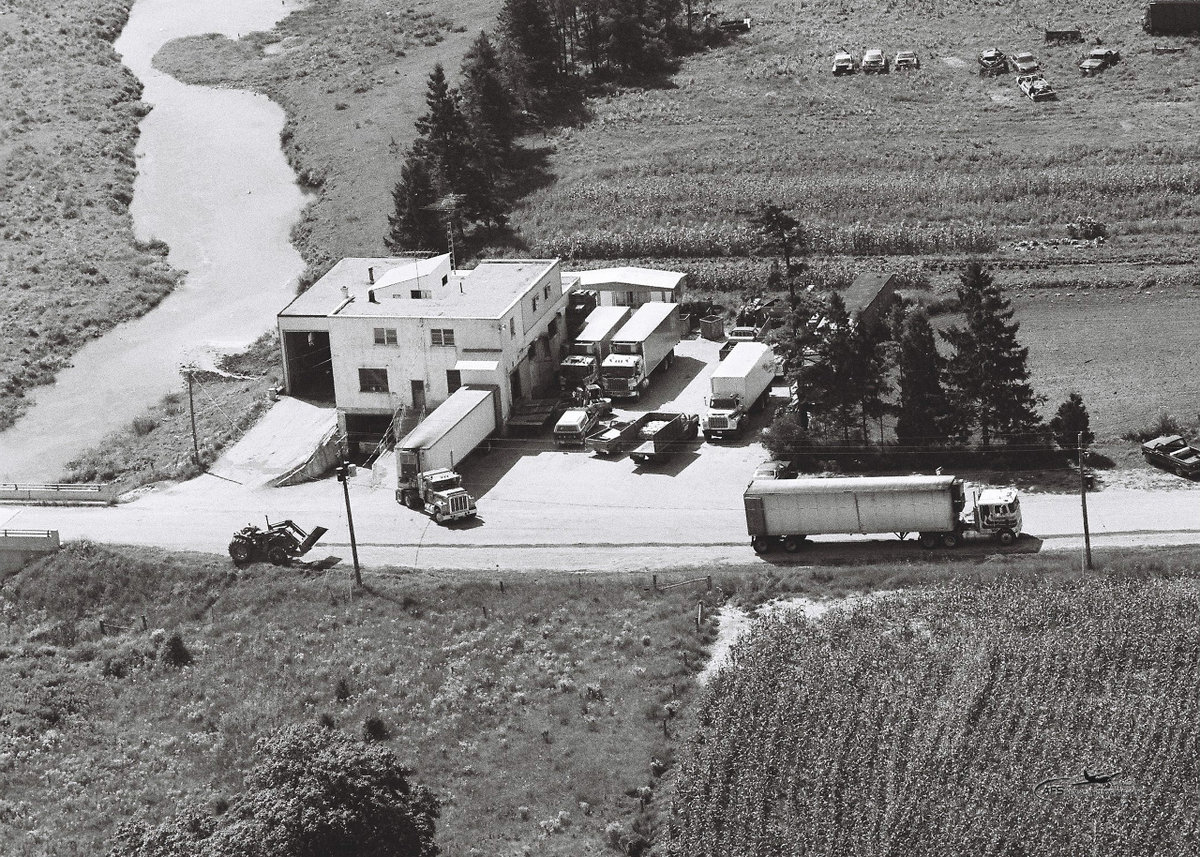
1983
1994
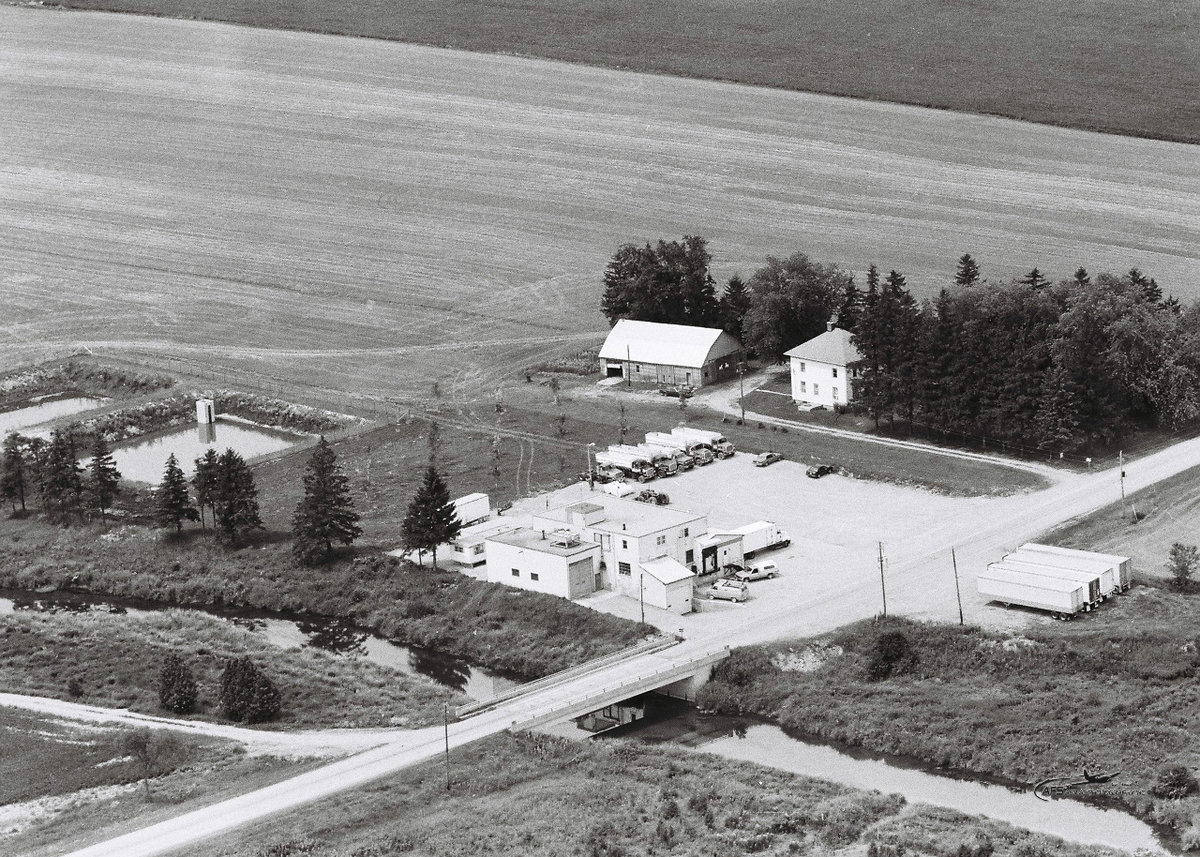
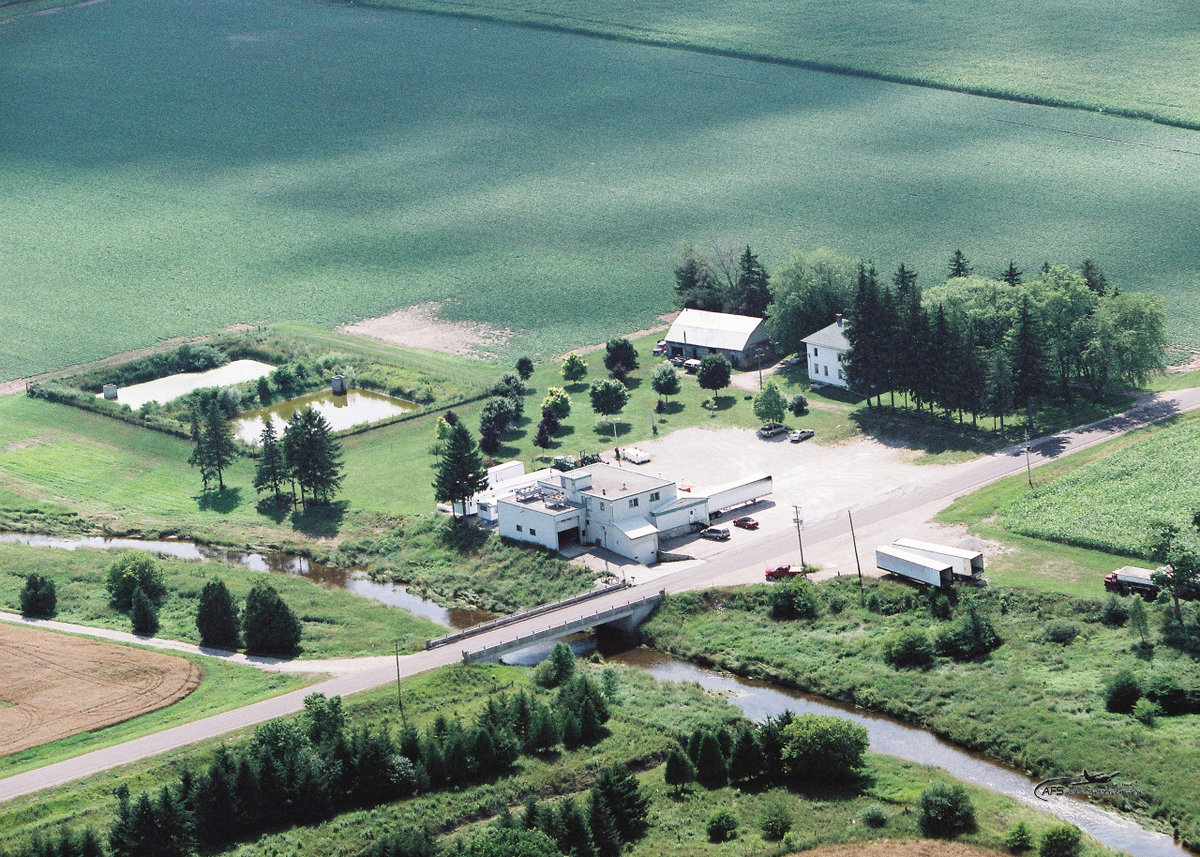
2005
2013
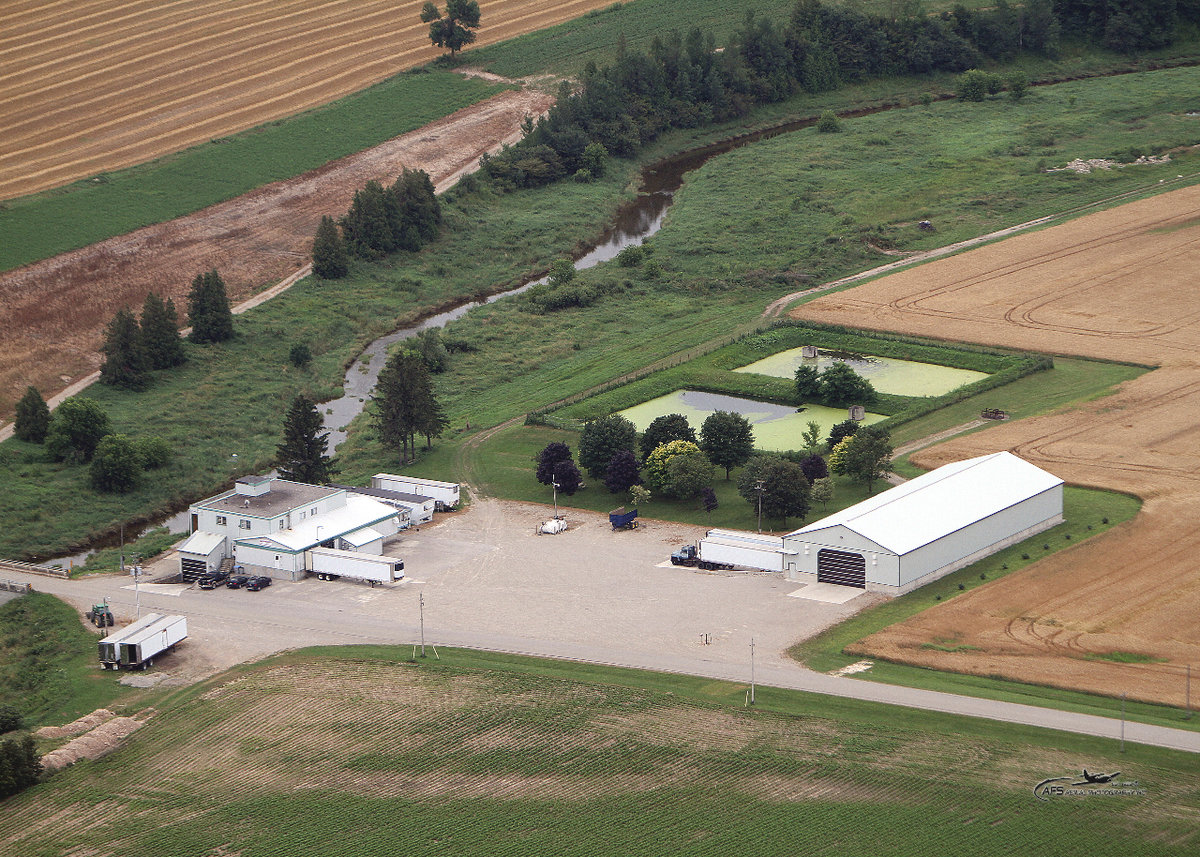
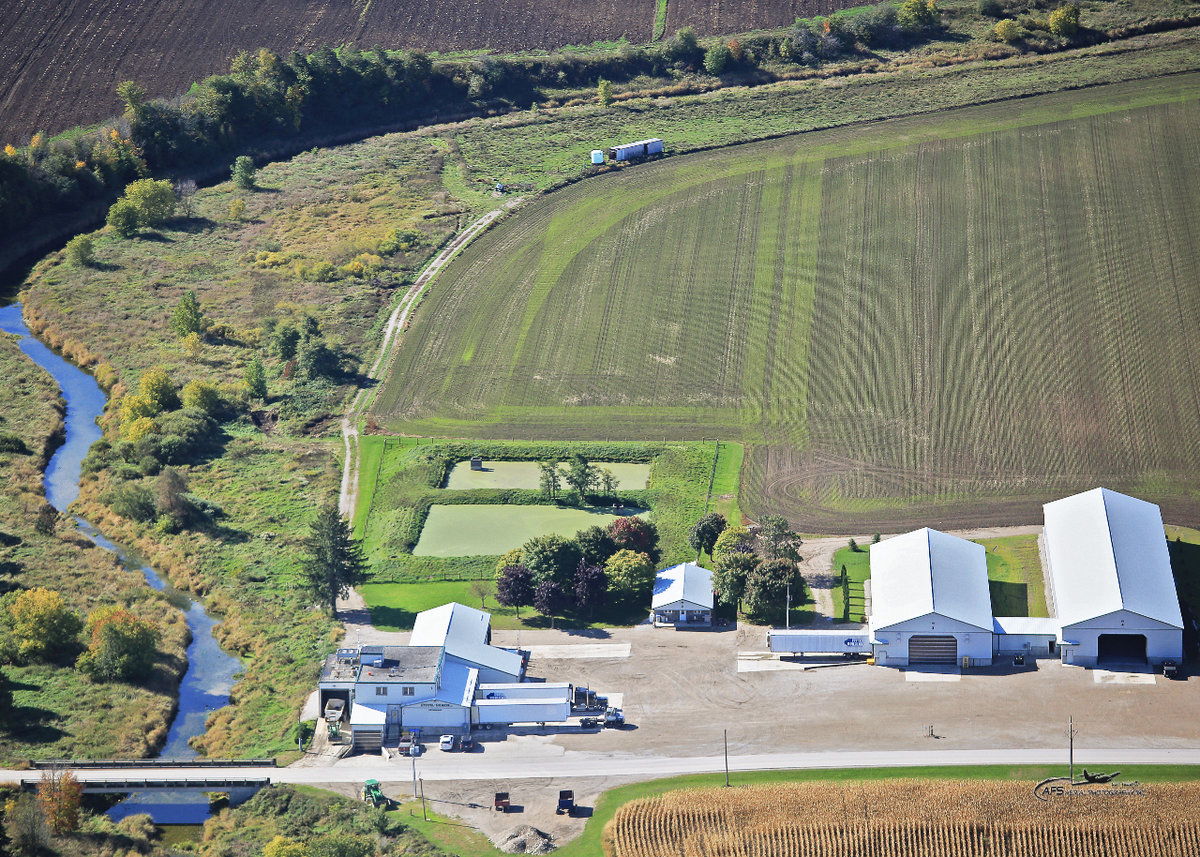
2020
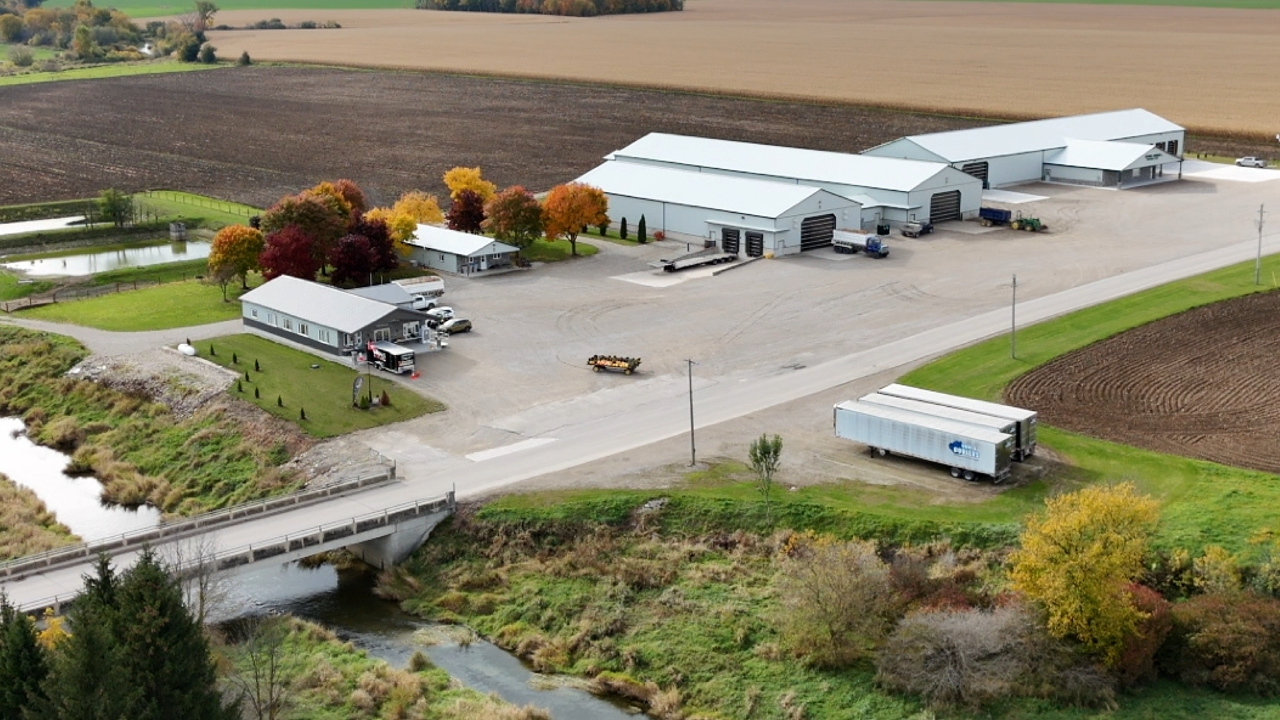
 The rutabaga, (or swede or yellow turnip as it is called in England and Wales), is a root vegetable that originated as a cross between the cabbage and the white turnip. Its leaves may also be eaten as a leaf vegetable as are the greens of the turnip.
The rutabaga, (or swede or yellow turnip as it is called in England and Wales), is a root vegetable that originated as a cross between the cabbage and the white turnip. Its leaves may also be eaten as a leaf vegetable as are the greens of the turnip. The vegetable is native to Sweden, and was introduced into Scotland. From there, it spread to the rest of Britain and to North America.
The vegetable is native to Sweden, and was introduced into Scotland. From there, it spread to the rest of Britain and to North America. In continental Europe, during World War I, it acquired a bad reputation. In the German winter of 1916–17, large parts of the population were kept alive on a diet consisting of little else but rutabagas. After the war, most people were so tired of eating rutabagas that they have remained unpopular to this day and are rarely planted.
In continental Europe, during World War I, it acquired a bad reputation. In the German winter of 1916–17, large parts of the population were kept alive on a diet consisting of little else but rutabagas. After the war, most people were so tired of eating rutabagas that they have remained unpopular to this day and are rarely planted. Rutabagas are so similar to turnips in size of plant and appearance of the root, that many consumers confuse the two. What's worse, rutabagas are also known as the Swede turnip, further muddying the waters. Rutabagas are a cross between a cabbage and a turnip but are sweeter than turnips with lower water content. They must be peeled before cooking, but the turnip does not.
Rutabagas are so similar to turnips in size of plant and appearance of the root, that many consumers confuse the two. What's worse, rutabagas are also known as the Swede turnip, further muddying the waters. Rutabagas are a cross between a cabbage and a turnip but are sweeter than turnips with lower water content. They must be peeled before cooking, but the turnip does not.Get to know more about this delicious, nutritious root veggie